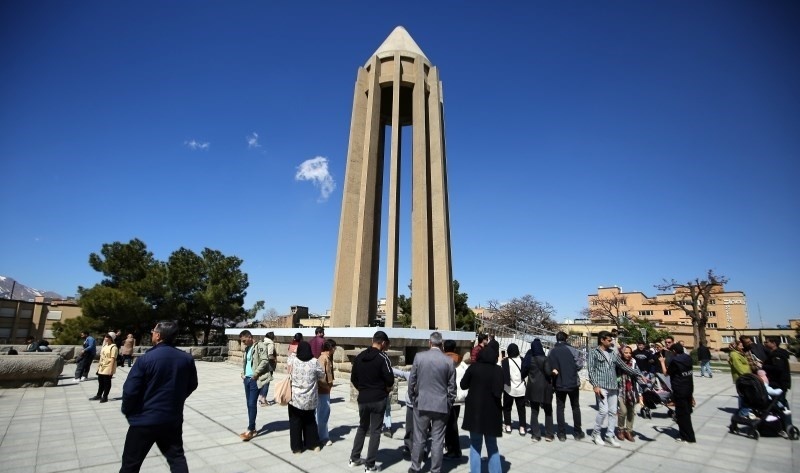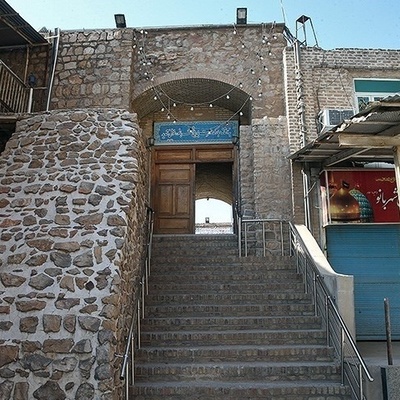SAEDNEWS: Avicenna mausoleum is the memorial monument of a famous Iranian philosopher, scientist and physician, which is located in Abu Ali Sina (Avicenns in Persian) square in Hamedan.

Nestled in a prime location in Hamedan, the historic Avicenna Mausoleum is easily accessible, drawing countless visitors traveling through the city. Avicenna’s global fame in medicine and philosophy has made this site a significant destination for tourists from around the world.
The current mausoleum stands on the site of Abu Saeed Dakhok’s house—Avicenna’s close friend—who was also laid to rest beside the philosopher. The original structure dates back to the Qajar era (1789–1925), while the modern mausoleum was commissioned by Mohammad Reza Pahlavi and completed in 1954 under the supervision of the Iran National Heritage Association.
Designed by the renowned architect Hooshang Seyhoun, the mausoleum’s architecture draws inspiration from the era in which Avicenna lived. It harmoniously blends ancient Iranian architectural elements with post-Islamic Iranian styles. Key features include a towering structure inspired by the Gonbad-e Qabus tower, lush gardens influenced by Persian traditions, a fountain reminiscent of classic Iranian pools, and a façade adorned with rough Alvand Mountain granite—evoking the grandeur of ancient Iranian palaces. These elements seamlessly fuse traditional and modern design.
The tower features 12 columns, symbolizing the twelve sciences in which Avicenna excelled. The mausoleum houses two main halls: the south hall functions as a museum, showcasing coins, pottery, bronze artifacts, and relics from both ancient Iran and its Islamic period, while the north hall contains a library with a collection of invaluable Iranian and foreign books.
Avicenna Mausoleum is not only a tribute to a towering intellect but also a masterpiece of Iranian architectural heritage, making it a must-visit landmark for history and culture enthusiasts alike.





